
The Dutch Gold Coast or Dutch Guinea, officially Dutch possessions on the Coast of Guinea was a portion of contemporary Ghana that was gradually colonized by the Dutch, beginning in 1612. The Dutch began trading in the area around 1598, joining the Portuguese which had a trading post there since the late 1400s. Eventually, the Dutch Gold Coast became the most important Dutch colony in West Africa after Fort Elmina was captured from the Portuguese in 1637, but fell into disarray after the abolition of the slave trade in the early 19th century. On 6 April 1872, the Dutch Gold Coast was, in accordance with the Anglo-Dutch Treaties of 1870–71, ceded to the United Kingdom.
Jan Niezer (1756–1822) was a famous and influential Euro-African trader in the Dutch Gold Coast. In his day and age, he was the richest Mulatto trader on the Gold Coast. Furthermore, Niezer was an important political figure during the Ashanti wars of the early 19th century. His most important trade interest was the Atlantic slave trade, until it was abolished by the Netherlands in 1814.
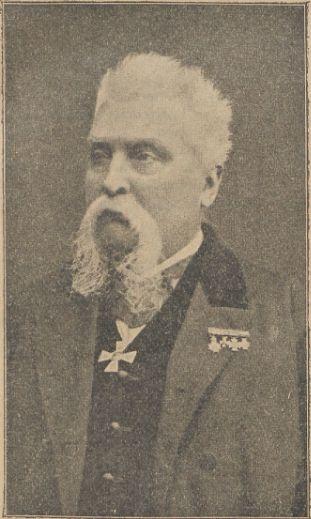
Cornelis Johannes Marius Nagtglas was a Dutch politician and civil servant, who made a career in the administration on the Dutch Gold Coast. After originally beginning his career at the advanced age of 36, he was promoted through the ranks to eventually become Governor of the Dutch Gold Coast in 1858. He retired to the Netherlands in 1862, but returned to the Gold Coast as governor in 1869, to restore order in the embattled colony. In 1871, he left the Gold Coast again, one year before the transfer of the colony to the United Kingdom.
The Dutch–Ahanta War was a conflict between the Netherlands and the Ahanta between 1837 and 1839. Beginning with a mere economic dispute between the Ahanta and the Dutch, who were based at the Dutch Gold Coast, the conflict ended with the hanging of Ahanta king Badu Bonsu II and the reorganization of the Ahanta state, establishing a Dutch protectorate over the Ahanta.
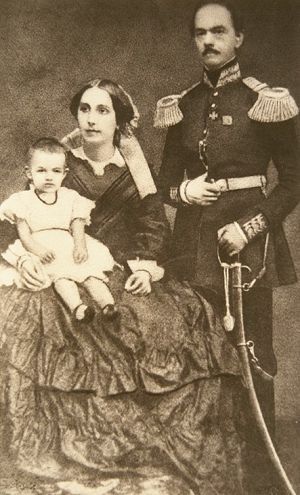
George Pieter Willem Boers was a colonel of the Royal Netherlands East Indies Army, who after his retirement served as Governor of the Dutch Gold Coast.
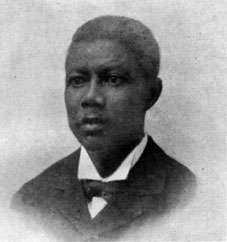
Hendrik Vroom CMG was a Gold Coast Euro-African merchant and government official on the Gold Coast. Vroom was known as a strong supporter of the Wesleyan Methodist Church and lived in Bridge House, Elmina, on the corner of Liverpool Street and opposite Elmina Castle, from March 1895 until his death in 1902.
George Emil Eminsang was a prominent Euro-African merchant and political leader on the Gold Coast, who played a prominent role in the last years of Dutch colonial rule on the Gold Coast. After the Dutch Gold Coast was transferred to the United Kingdom, Eminsang became a diplomat for the Netherlands and later for the United States and the Congo Free State. Together with James Bannerman Hyde and James Hutton Brew, Eminsang was one of the first so-called "country lawyers" on the Gold Coast.
Jan Albert Hendrik Hugenholtz was a Dutch naval officer, who served as Governor ad interim of the Dutch Gold Coast between 8 June and 17 September 1871.
Anthony van der Eb was a Dutch civil servant, who made a career in the administration on the Dutch Gold Coast.
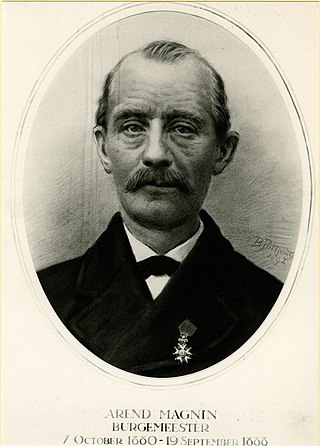
Arent Magnin was a Dutch politician, who made a career in the administration on the Dutch Gold Coast and who later served as mayor in several Dutch municipalities.
Pieter Simon Hamel was a Dutch diplomat who served as Consul General at Elmina, Bangkok and Amoy.
Hendrik Doijer Jzn was a Dutch politician, who first made a career in the administration on the Dutch Gold Coast and who became interim governor during the European leave of governor Henri Alexander Elias on 13 June 1864, upon the death of his interim predecessor Carel van Hien. He later became mayor of Zoeterwoude and Woerden.
Cornelis Meeuwsen was a Dutch colonial administrator and tobacco farmer, who made a career in the administration on the Dutch Gold Coast and who became interim governor during the European leave of governor Cornelis Nagtglas between 7 May 1860 and 21 January 1861.
Willem Pieter Antonie Le Jeune, born as Willem Pieter Antonie Tenwinkel, was a Dutch colonial administrator and diplomat, who made a career in the administration on the Dutch Gold Coast and who was interim governor between 28 October 1871 and 15 November 1871. After the Netherlands sold its possessions on the Gold Coast to the United Kingdom in 1872, Le Jeune became the first Dutch consul in Elmina.
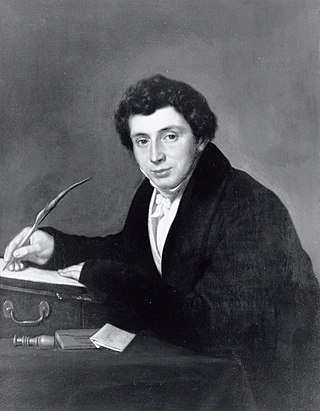
Jacobus Cornelis van der Breggen Paauw was a Dutch colonial administrator on the Gold Coast. He was interim commander between 1826 and 1828.
Friedrich Franz Ludwich Ulrich Last was a colonial administrator on the Gold Coast.
Frans Christiaan Eberhard Oldenburg was a colonial administrator on the Gold Coast, who served as Commander of the Dutch Gold Coast between 2 May 1818 and his death on 2 January 1820.
Johannes Oosthout was a colonial administrator on the Gold Coast, who served as acting commander of the Dutch Gold Coast between 2 January 1820 and his death on 29 August 1821.
Johan David Carel Pagenstecher was a colonial administrator who served as acting commander of the Dutch Gold Coast.






